The “tiny home movement” advocates living in tight quarters, with most tiny houses only taking up between 100 and 900 square feet. Although this movement has gained recent popularity with social media influencers transitioning to tiny home living and even the creation of HGTV television shows.
TV shows such as “Tiny House, Big Living” and “Tiny House Hunters,” share how tiny houses have been a way of life since the Mongolian nomadic tribes of 425 B.C. used them. These tribes lived in portable “gers,” also known as yurts, which were durable against harsh weather conditions and easy to set up and take down for frequently traveling tribes.
Making the move into a smaller space invites a simpler way of life, more eco-friendly day-to-day, and more often than not, the financial freedom for individuals to spend more time and money on their passions rather than their rent.
Although shipping container homes and revamped RVs tend to take the stage for the tiny home movement, yurts provide the portability, access to nature, affordability, and customization options that many individuals seek.
Yurt History
Historically, one of the first types of tiny homes was yurts, occupied by tribes that moved frequently around Central Asia in the fifth century B.C.
Yurts experienced a boom in popularity in the United States in the 1970s, with people such as Bill Coperthwaite and Kirk Bachman modernizing traditional designs and encouraging yurt living.
[Related: The History of Yurts: From Nomadic Tribes to Modern Glampers]
Understand the Unique Shape
Yurts are unique in several ways, especially relating to their shape. Rather than harsh angles and elongated hallways that you’d find in an RV or container home, yurts are circular. One popular opinion is that living or working in a circular space is more aesthetically pleasing — encouraging creativity and helping individuals feel safe and grounded.
Although the shape can be comforting, it does mean that decorating and constructing add-ons such as lofts, stairways, fireplaces, and bathrooms can be a bit more difficult.
Yurts don’t have corners, but their advantage lies in the innate flow throughout their interior, the durability of the build, and the many options for making the most of the circular space with storage and interior design details.
Increase the Space
To increase space, think of furniture that can be used for several things. For example, consider a desk that can also be used as a dining table, floating shelves, or a platform bed with storage underneath.
Other options to make your yurt appear larger on the insides include painting with light colors and increasing the amount of natural light that you allow in.
Design features such as skylights, large windows, and wraparound decks can also help make the space seem bigger.
Find What’s Important in Your Life
Living in a small space allows you to focus on what is most important in your life without wasting time and money on expensive rentals, renovations, and material possessions that bring you no real joy. A lot of tiny home residents emphasize the freedom they feel after minimizing their possessions and beginning a more simple, sustainable life in a yurt or other type of tiny home.
In a yurt, you’ll find that you have less space to clean, a lower energy bill, fewer expenses, and more quality time to focus on friends and family, relaxation, and self-reflection.
Improve Your Relationship
Yurt life may even improve your relationship. According to a recent survey, nearly half of all Americans who are married or living with a partner say they argue with a person over money, and 41% of Generation X-ers ended their marriage due to financial disagreements.
With tiny home living and the affordability that comes with it, you can imagine that financial stress would be reduced, letting your relationship thrive in a happier and healthier environment.
Transition to Tiny Home Living With a WeatherPort Yurt
Luxury and modern yurts from WeatherPort®, a brand from Alaska Structures, combine the traditional style of the Mongolian ger with our mission to provide top-of-the-line comfort and durability to all. We use the latest engineering principles and manufacturing methods to produce our one-of-a-kind steel-framed yurts.
Besides being weather-resistant and able to endure specific winds and heavy snow loads, our yurts are completely customizable, allowing you to create the unique tiny home of your dreams.
Ready to convert to tiny home living? Learn more about WeatherPort yurts.
WeatherPort® is a brand of high-quality fabric buildings from Alaska Structures®. If you are interested in learning more about our fabric buildings and remote camp systems please contact us by calling +1-907-344-1565 or completing our online form to request a consultation.
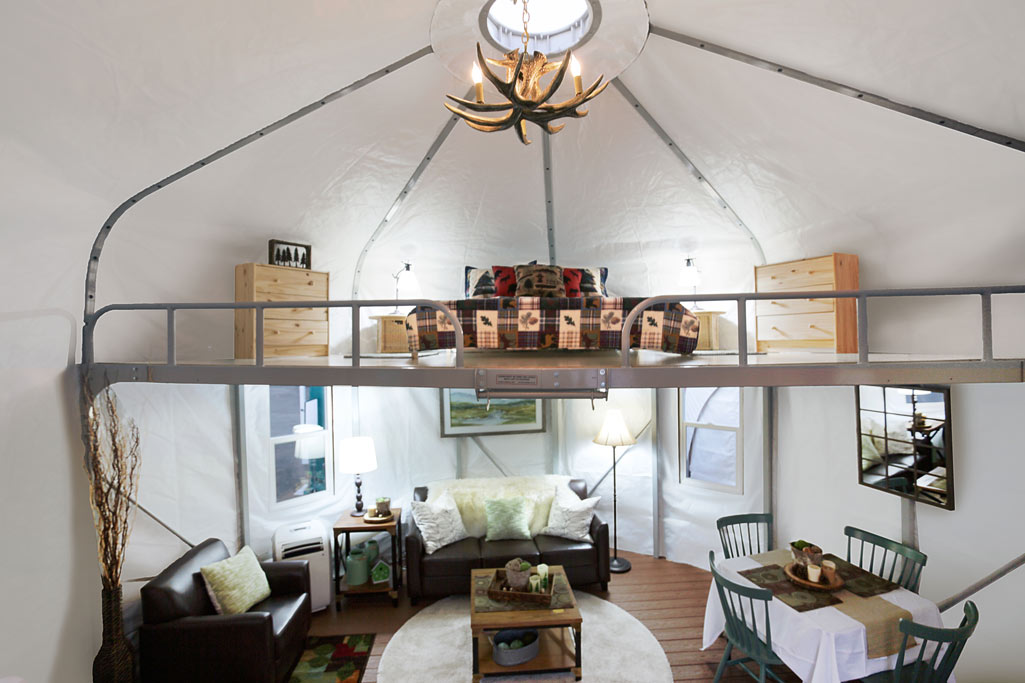


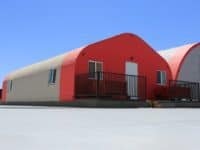

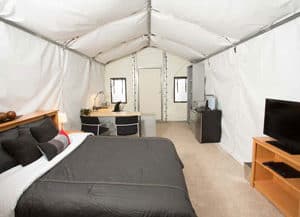

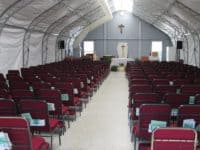
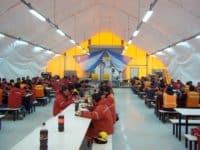
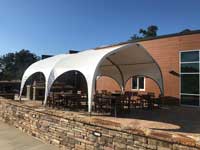


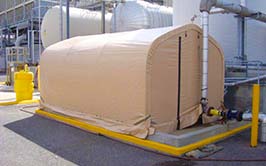



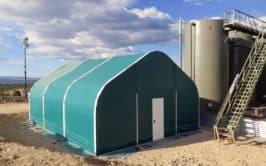


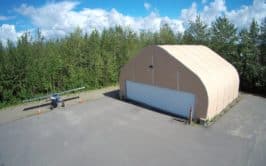


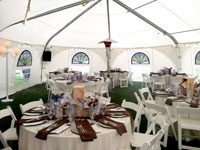
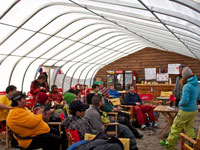

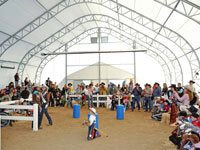
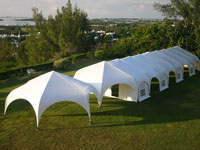
















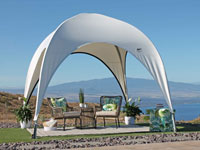


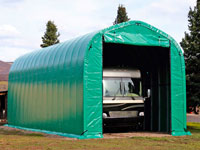




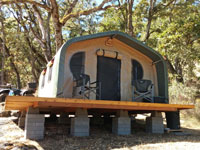
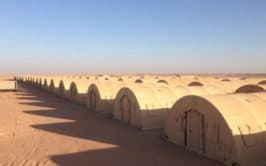
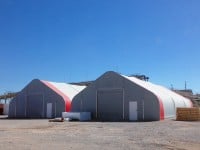

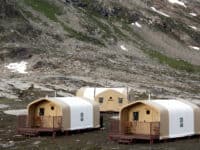
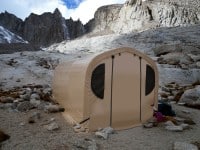
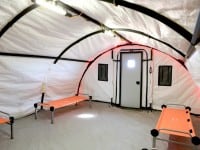

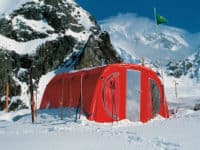





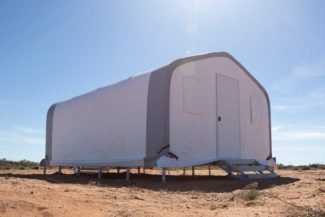

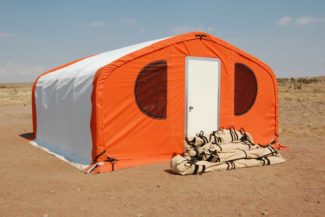




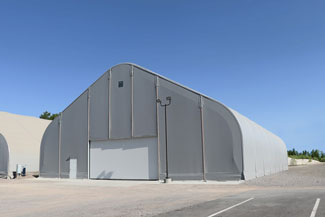

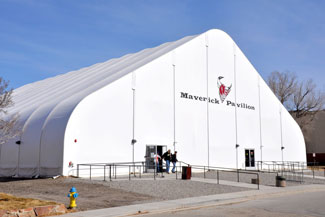
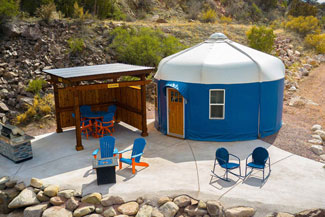
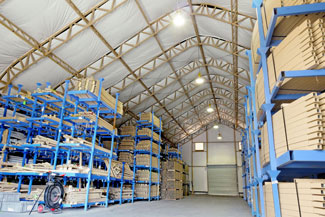

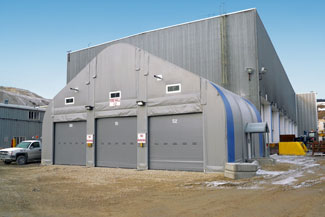
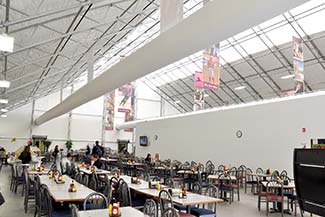

Leave a Reply